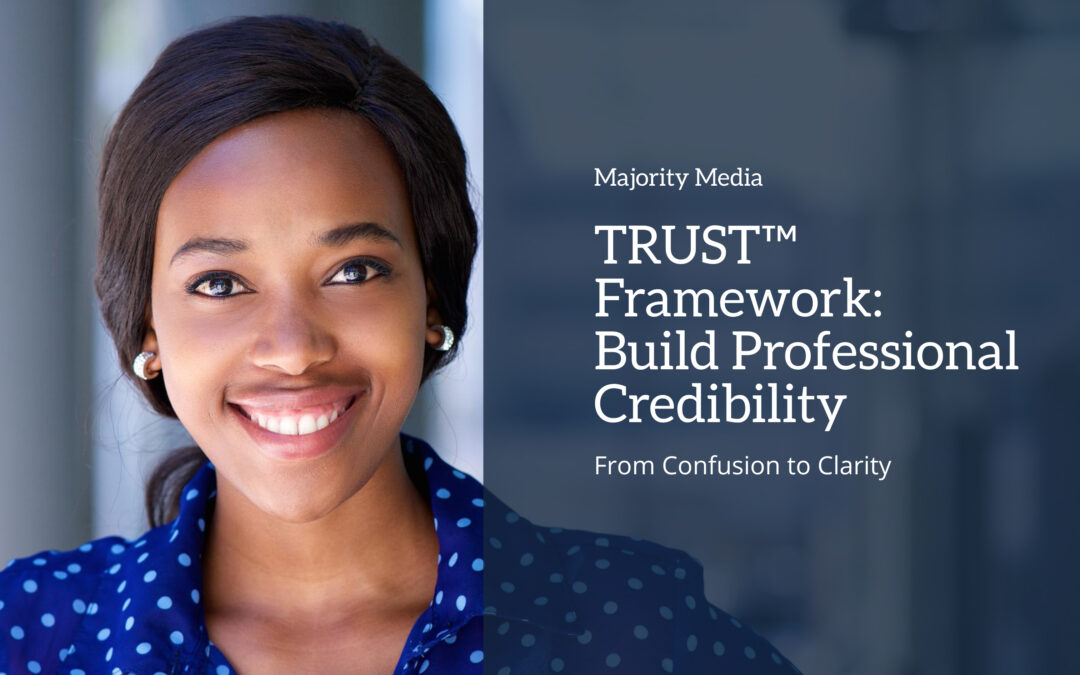How one entrepreneur’s scheduling mistakes revealed the hidden barrier between $500 clients and $5,000 clients
A couple of weeks ago, I witnessed a masterclass in how NOT to build professional credibility. The situation started with a simple networking conversation and ended with a stark reminder that many entrepreneurs focus on attracting better clients without first establishing the professional standards those clients expect.
The entrepreneur in question wanted to transition from small local clients to high-paying corporate accounts. She had the expertise, the passion, and the marketing strategy. What she didn’t have were the professional systems that corporate clients consider non-negotiable.
Here’s what happened—and more importantly, what it reveals about the invisible ceiling that keeps many talented entrepreneurs stuck at lower price points.
The Cautionary Tale: When Good Intentions Meet Poor Systems
During a recent networking event, I connected with someone who specialized in paid advertising and expressed interest in attracting corporate clients. We scheduled a consultation call to discuss her business development strategy.
Call #1: No-show. Her explanation? “I double-booked myself and you didn’t officially confirm the call I scheduled.”
Call #2: Another no-show. This time: “My previous call ran over because we were reviewing a proposal, and I had them back-to-back.”
When she requested a third meeting, I declined. Her response included this gem: “I hate when people no-show and don’t value other people’s time.”
The irony was lost on her, but the lesson wasn’t lost on me.
This interaction perfectly illustrated the gap between wanting premium clients and being ready for them. Corporate clients don’t operate on second chances, and they certainly don’t tolerate the kind of scheduling chaos that might be forgiven in smaller, more casual business relationships.
The Corporate Client Reality Check
Here’s what many entrepreneurs don’t understand about corporate clients:
They don’t give feedback when you mess up. They simply disappear and move on to someone who operates at their expected standard of professionalism.
They share their experiences. A single negative interaction doesn’t just cost you one client—it can cost you an entire network of potential referrals.
They expect systems, not excuses. Corporate decision-makers are managing multiple vendors, tight deadlines, and significant budgets. They need partners who demonstrate reliability through consistent professional behavior.
They pay premium prices for premium experiences. The difference between a $500 client and a $5,000 client often isn’t just expertise—it’s the confidence that comes from working with someone who operates at their level of professionalism.
Introducing the TRUST™ Framework
This experience inspired me to share what I call the TRUST™ Framework—five non-negotiable pillars that separate amateur hour from corporate-level credibility:
T – Timing: Strategic scheduling that demonstrates respect for everyone’s time
R – Responsibility: Owning mistakes completely without deflecting blame
U – Understanding: Knowing your target market’s unspoken expectations
S – Systems: Processes that reinforce rather than undermine your expertise
T – Tact: Professional communication that builds bridges instead of burning them
Why Systems Matter More Than Good Intentions
Consider the contrast between reactive damage control and proactive prevention. Companies like CalPal (getcalpal.com) have built their entire value proposition around preventing the scheduling conflicts that damage professional relationships. Their platform automatically synchronizes multiple client calendars while maintaining privacy, ensuring users never have to make that awkward “I double-booked myself” call.
This represents a fundamental mindset shift: instead of managing problems after they occur, successful professionals implement systems that prevent problems from happening in the first place.
The Real Cost of Professional Missteps
When you operate below corporate-level professional standards, you’re not just risking individual client relationships. You’re creating compound costs that impact your entire business:
Opportunity Cost: Each unprofessional interaction closes doors to referrals and repeat business you’ll never even know about.
Reputation Cost: In interconnected business networks, your professional reputation travels faster than your marketing efforts.
Pricing Power Cost: Clients who question your professionalism will also question your pricing, keeping you trapped in price-sensitive market segments.
Mental Energy Cost: Constantly managing crises and cleaning up preventable mistakes drains the mental resources you need for strategic thinking and business growth.
The Path Forward: Prevention Over Reaction
The entrepreneurs who successfully transition to higher-paying clients understand that professional credibility isn’t just about avoiding mistakes—it’s about implementing systems that make excellence inevitable rather than accidental.
This means:
- Scheduling systems that prevent conflicts before they happen
- Communication protocols that maintain professionalism under pressure
- Mistake recovery processes that turn problems into trust-building opportunities
- Market research that aligns your standards with your target clients’ expectations
- Continuous improvement that raises your baseline rather than just fixing immediate issues
Your Next Steps
Professional credibility isn’t built overnight, but it can be lost in a single interaction. The question isn’t whether you’ll make mistakes—it’s whether you have systems in place to prevent the most damaging ones and handle the inevitable hiccups with grace.
The entrepreneurs who master the TRUST™ Framework don’t just attract better clients—they become the type of professional that better clients actively seek out and refer to their networks.
Ready to implement the TRUST™ Framework in your business? My weekly newsletter, Strategically Speaking, provides specific, actionable strategies for building corporate-level credibility and attracting premium clients. Each issue includes real-world case studies, step-by-step implementation guides, and frameworks you can apply immediately.
Subscribe here to get practical insights delivered to your inbox every week—no fluff, just strategies that work.
What professional standard do you need to upgrade in your business? The gap between where you are and where you want to be might be smaller than you think—but only if you’re willing to address it systematically.
